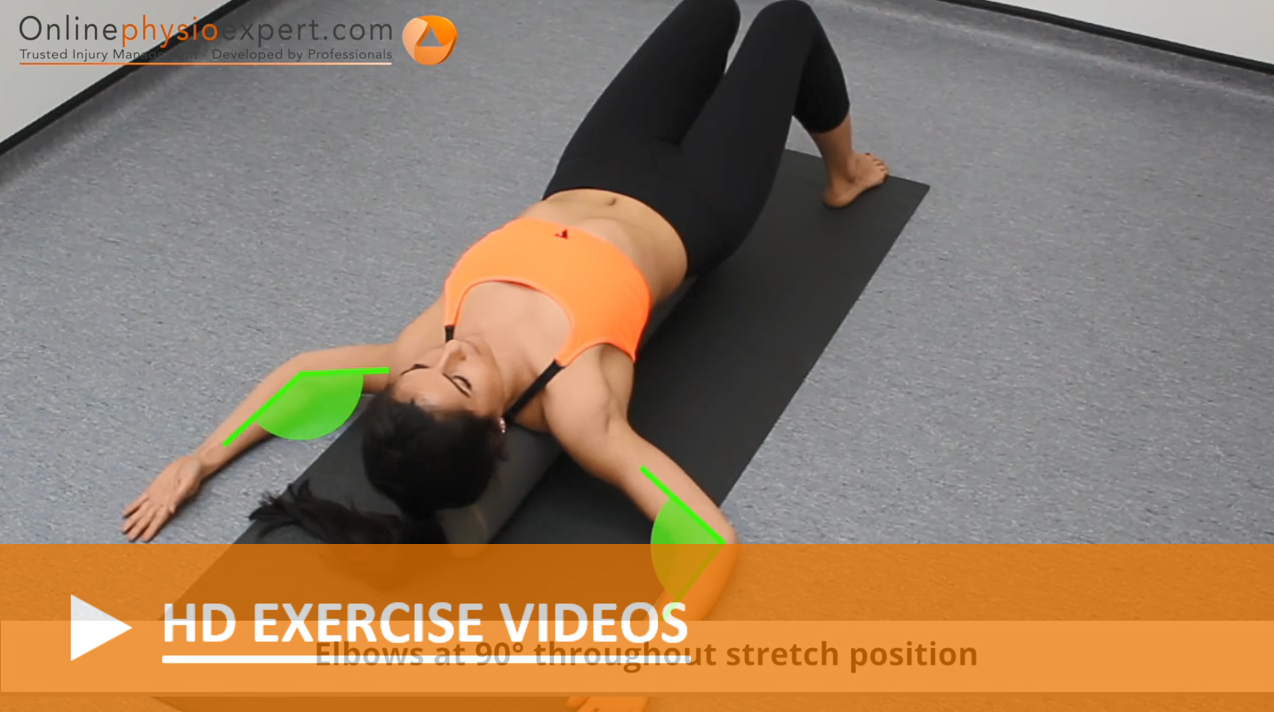

The nature of mobility exercises for this area tends to be gentle enough that doing a high volume won’t cause damage to the area. It is also extremely hard to do too much mobility work to the t-spine. In fact, thoracic mobility issues are in the top 3 most common mobility problems, along with the hips and ankles. I see a ton of clients with immobile thoracic spines. This results in thoracic mobility limitations.Īt Mission MVMT we love talking about breathing exercises and drills to help fix mobility issues from the inside out. The diaphragm should be the primary muscle involved during inhalation but many of us end up using muscles in the chest, neck, and spine instead. Thoracic mobility can affect how efficient your breathing mechanics are. If your t-spine isn’t mobile then your shoulder will attempt to make up for it, potentially leading to one of those embarrassing injuries that you hate to admit happened. You may even notice problems in some everyday rotation tasks like reaching across your body to grab your seatbelt. You lose power in your swing if all the necessary parts aren’t playing nice together. This is especially apparent in sports with large rotational components like baseball and golf. In the case of rotation movements and exercises, the thoracic spine and hips should rotate but if one or both is unable then the low back and shoulders will often have to pick up the slack. This can lead to shoulder injuries like impingement and tendinitis. If the shoulder blade can’t tip back it may also force the shoulder joint to compensate for the lost movement. 2016 Dec 1 26:38-46.When the t-spine is tight a common compensation during pressing is to lean back at the lumbar spine, this decreases core stability and leads to compression, pain, and injury. Is thoracic spine posture associated with shoulder pain, range of motion and function? A systematic review. 2017 Mar 1 54:143-9.īarrett E, O’Keeffe M, O’Sullivan K, Lewis J, McCreesh K.

Journal of behavior therapy and experimental psychiatry. Upright posture improves affect and fatigue in people with depressive symptoms. Thoracic posture and mobility in mechanical neck pain population: A review of the literature. Upper thoracic spine mobilization and mobility exercise versus upper cervical spine mobilization and stabilization exercise in individuals with forward head posture: a randomized clinical trial. What is the effect of prolonged sitting and physical activity on thoracic spine mobility? An observational study of young adults in a UK university setting. Heneghan NR, Baker G, Thomas K, Falla D, Rushton A. In the following we will show you our 5 favorite exercises to mobilize the thoracic spine: 2016) and may therefore limit your patient’s ability to carry out certain sports efficiently – Furthermore, an increased kyphosis limits overhead mobility (Barrett et al. 2017) and mental health is generally a negative prognostic factor for recovery in many musculoskeletal disorders.


So while posture might not have a correlation with pain, literature shows that: – It may be associated with psychological issues such as depression and chronic fatigue (Wilkes et al. Although thoracic mobility was reduced in the neck pain population, posture was not uniformly associated with neck pain and disability. (2019) has found that increased thoracic kyphosis was positively correlated with the presence of forward head posture. in the year 2018 have shown that subjects who sit more than 7 hours a day and who are physically active for less than 150 minutes a week exhibit reduced thoracic mobility.Ī review by Joshi et al. Thoracic Spine Mobility | Top 5 Thoracic Mobility Drills & Exercises


 0 kommentar(er)
0 kommentar(er)
